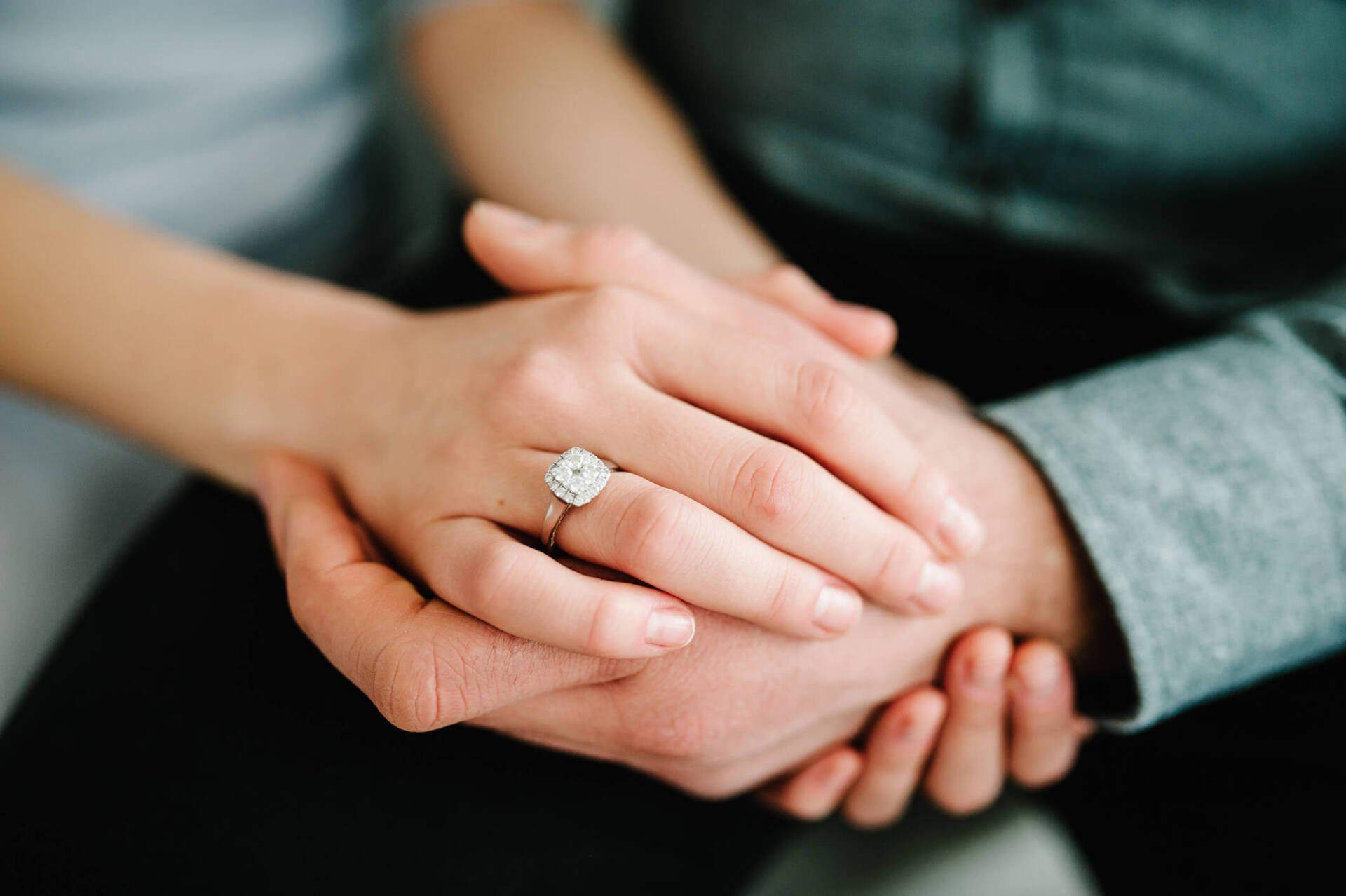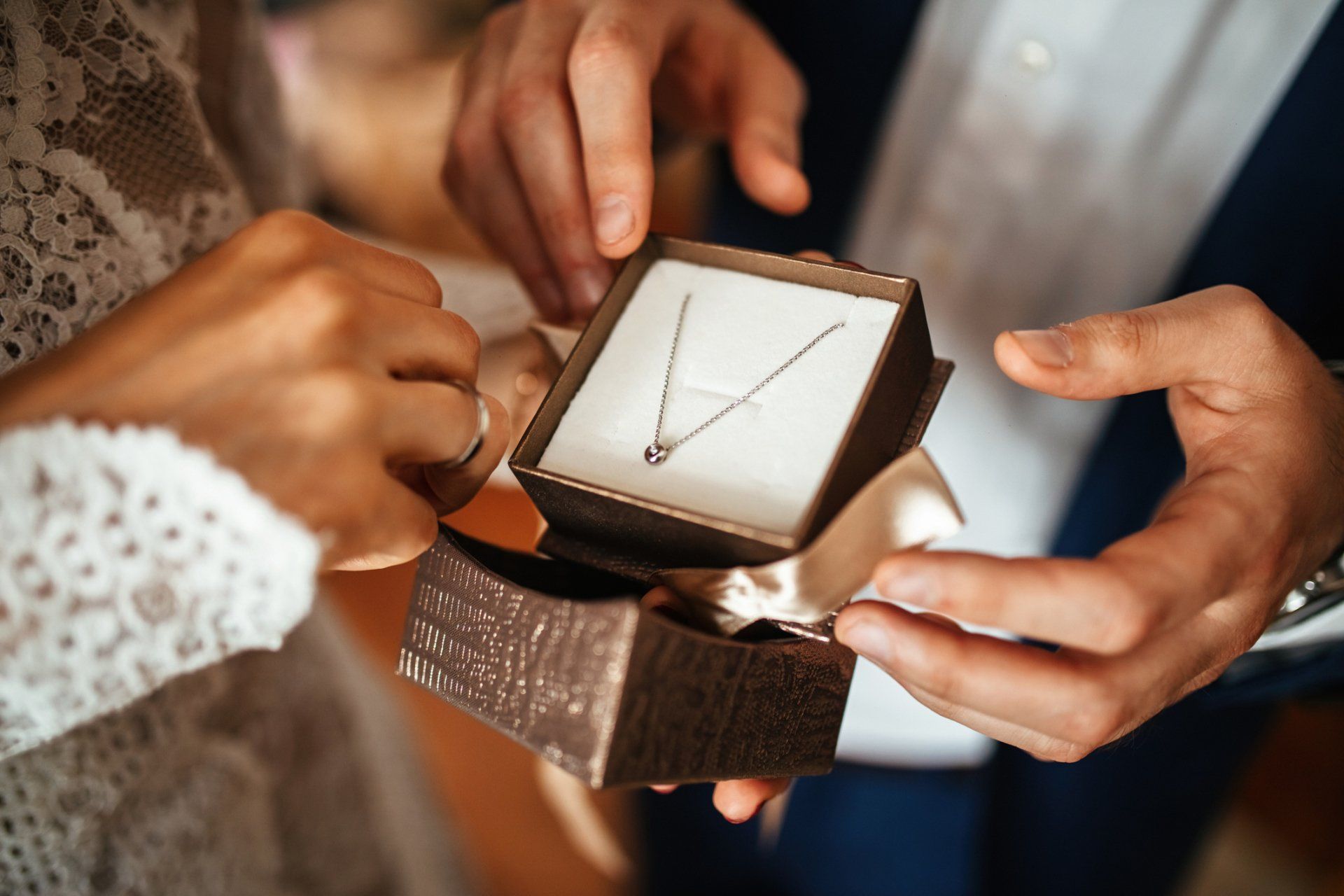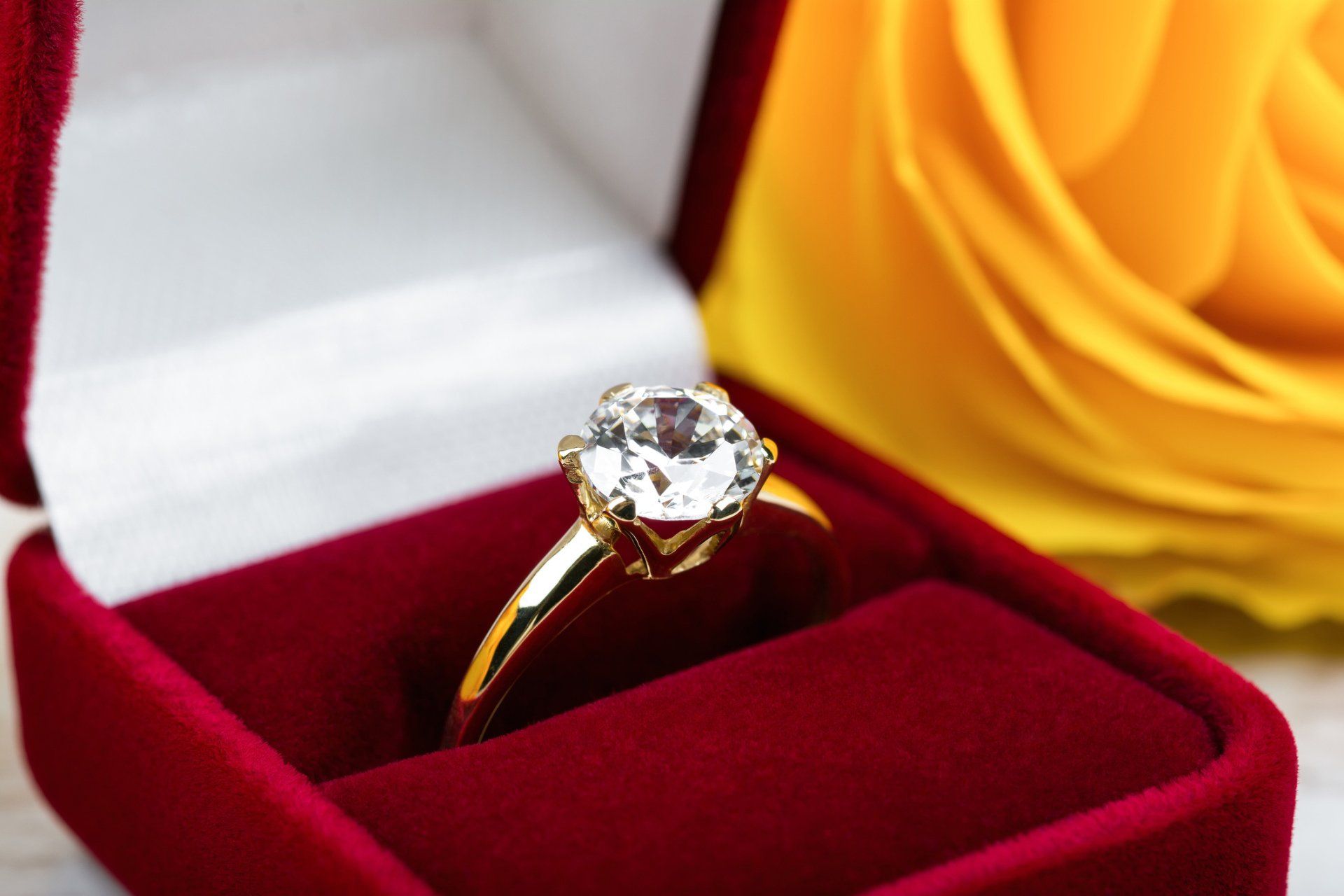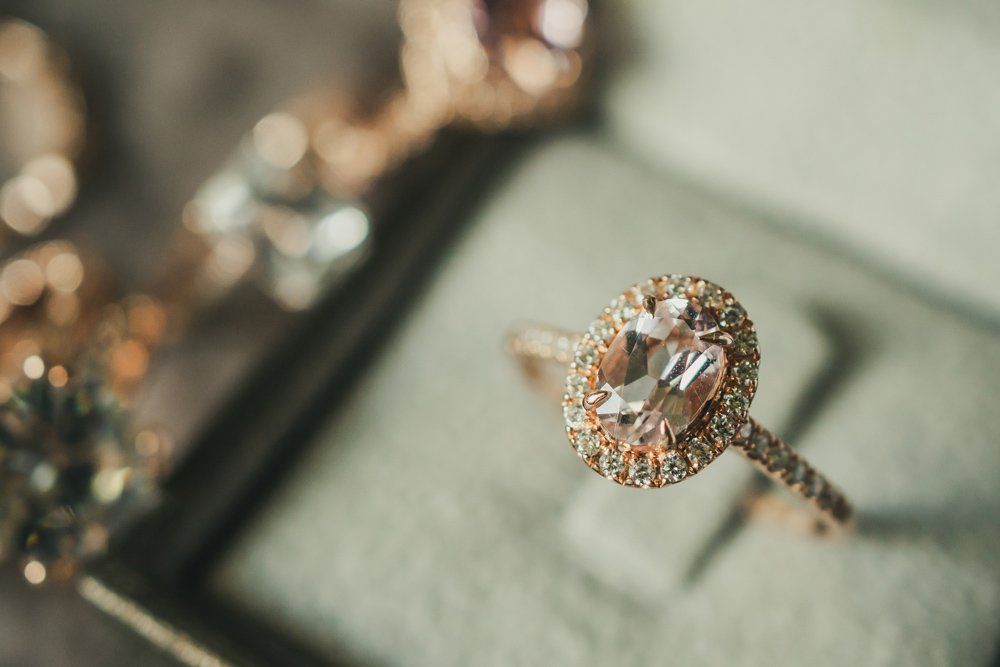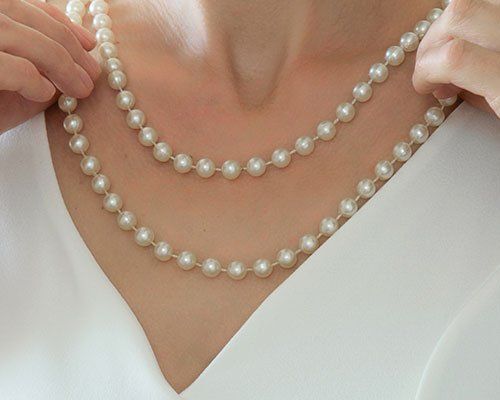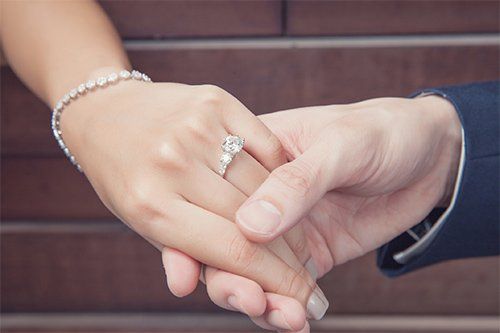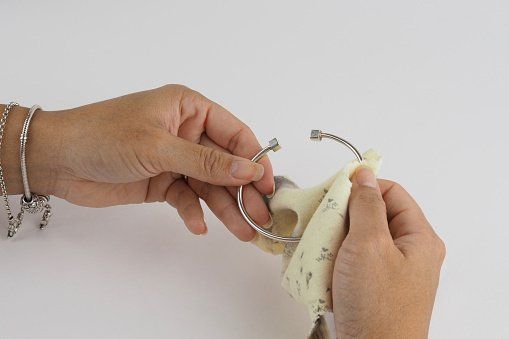Create Great Gemstone Combinations With the Color Wheel
- By Admin
- •
- 19 Mar, 2019
- •
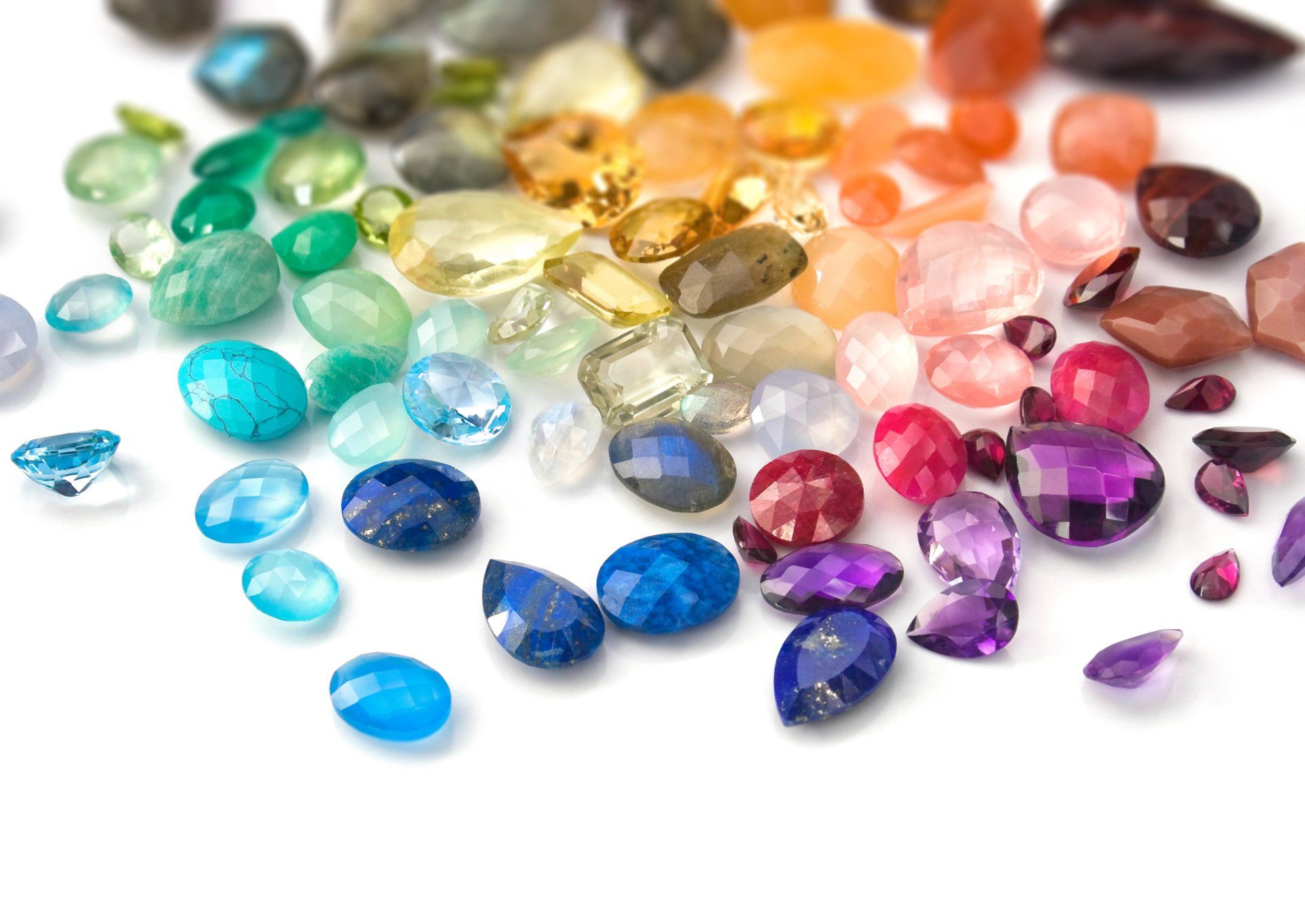
No matter what type of jewelry you're designing - a necklace for yourself, an engagement ring for the one you love, or a special bracelet for your daughter's graduation - understanding how to use color is key to creating a piece everyone will love.
How can you use color to make an impact and to create beauty? Start by using the color wheel to give yourself a head start and a direction to go in. Here's what you need to know.
How can you use color to make an impact and to create beauty? Start by using the color wheel to give yourself a head start and a direction to go in. Here's what you need to know.
Primary and Secondary Colors
The color wheel is an arrangement of colors in a circle, based on the three primary colors - red, blue, and yellow - and with shades filing in the space between the three. These shades form secondary colors, including orange, purple, and green, which are made up of combinations of the primaries. Red and yellow make orange, but adding a little more red or a little more yellow creates additional colors in between.
The placement of these basic hues on the color wheel is predetermined, so you can use it to create combinations of gems and jewelry accessories that look great. People use the color wheel to create various combinations, including complementary and analogous color palettes.
The placement of these basic hues on the color wheel is predetermined, so you can use it to create combinations of gems and jewelry accessories that look great. People use the color wheel to create various combinations, including complementary and analogous color palettes.
Complementary Colors
Complementary colors are colors directly opposite one another on the color wheel. They provide interesting contrast that balances out each color and draws attention to them at the same time. Red is directly opposite green, for instance, and so these colors make an eye-catching combination (which you see all the time during the Christmas season). Similarly, blue and orange are complementary as a set, as are purple and yellow.
Analogous Colors
While complementary colors are opposites, analogous colors are next to each other on the color wheel. They represent variations on a theme, with a secondary color like green bleeding into blue-green on one side and yellow-green on the other. Analogous colors are less about contrast than they are about harmony. They also give you the chance to use more colors than two direct opposites would.
Triad Colors
Triad colors are so named because if you draw lines between them on the color wheel, they make a triangle. Forming an imaginary, equilateral triangle links up diverse colors like purple (violet), orange, and green. Triad color combinations give you more to work with and balance out hues without any one of them overpowering the others.
Gemstone Shades
How can you use color knowledge to help you design jewelry? Modern gemstones, metals, and accessories allow you to use a nearly endless variety of colors and shades to create just the right combination.
You can use stones in a similar way that a painter would use their paints to decorate a room with colors. Like a painter, you would do well to choose a foundational color of gem and complement it with smaller stones of colors that work alongside it.
If your loved one has a particular favorite gemstone, for instance, you can use color theory to find a match for it. Is their birthstone a purple amethyst? Use complementary colors to pair it with a smaller yellow topaz.
Or, try an analogous grouping, such as the orange of amber with garnet red and the orange-red of apple coral. Do they love rose-gold metals? There's a reason that white diamonds or champagne shades look great on rose gold - the colors are analogous.
Ready to start applying the color wheel to your choice of colors and stones? Whether you're starting with just one color idea or a range of ideas, the color wheel will provide solid, proven choices that work well together. At Marla's Gem Creations, we're here to help you find the best combination for any occasion and any jewelry piece. Call today to make an appointment to learn more.
You can use stones in a similar way that a painter would use their paints to decorate a room with colors. Like a painter, you would do well to choose a foundational color of gem and complement it with smaller stones of colors that work alongside it.
If your loved one has a particular favorite gemstone, for instance, you can use color theory to find a match for it. Is their birthstone a purple amethyst? Use complementary colors to pair it with a smaller yellow topaz.
Or, try an analogous grouping, such as the orange of amber with garnet red and the orange-red of apple coral. Do they love rose-gold metals? There's a reason that white diamonds or champagne shades look great on rose gold - the colors are analogous.
Ready to start applying the color wheel to your choice of colors and stones? Whether you're starting with just one color idea or a range of ideas, the color wheel will provide solid, proven choices that work well together. At Marla's Gem Creations, we're here to help you find the best combination for any occasion and any jewelry piece. Call today to make an appointment to learn more.
To help you choose the perfect engagement ring, look at this short guide to three basicide as you'll need to understand for ring selection.
While diamond engagement rings are still the most popular type of engagement ring, you can choose from many other gemstones. Take a look at these options.

